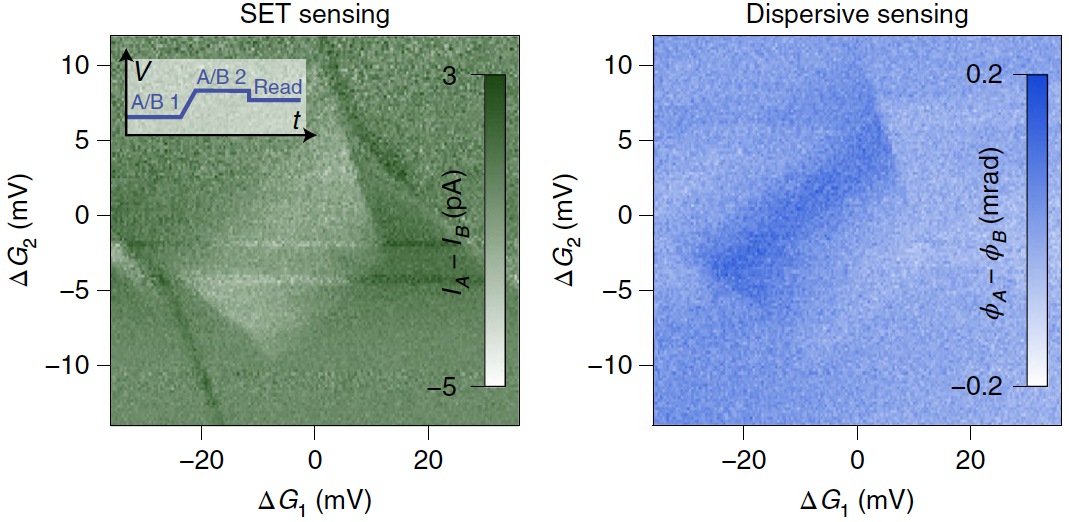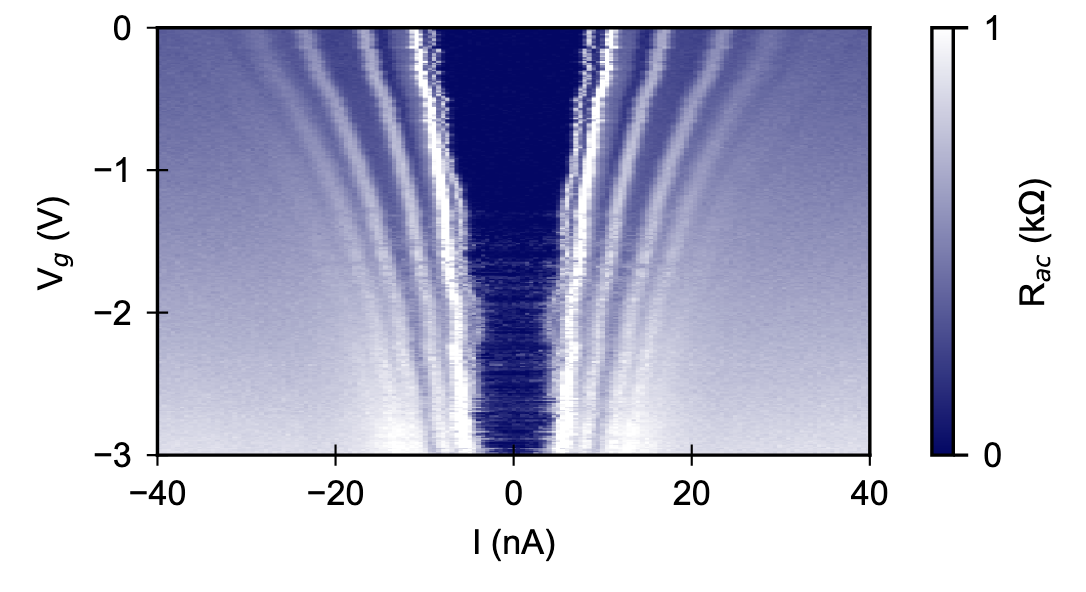Alexis JOUAN - Personal Website

Postdoc at the University of Sydney
In 2018, I joined the Quantum Nanoscience Laboratory (QNL) as a postdoctoral researcher. The laboratory, lead by David Reilly, is situated in the Nanoscience Hub at the University of Sydney. The team is working in close collaboration with Microsoft Quantum.My project was focused on dispersive gate sensing (DGS) in low dimensional systems. The advantage of this technique is the ability to probe the compressibility of an electronic system using gates. With Marie-Claire Jarratt (PhD student), we performed a DGS measurement of a quantum point contacts formed in GaAs 2DEGs [PRA 2020]. In parallel, I have been working with Andrew Dzurak's team at UNSW on dispersive gate sensing for readout of spin qubits in Silicon. Together with Anderson West and Bas Hensen, we have demonstrated the single shot readout of the electron spin in a double quantum dot in Silicon [Nat. Nano. 2019].

Topological Josephson Junctions
In 2019, I focused on building Josephson junctions in topological materials (InAs) using new fabrication techniques and characterize them at low temperature in the Nanoscience Hub facilities.


